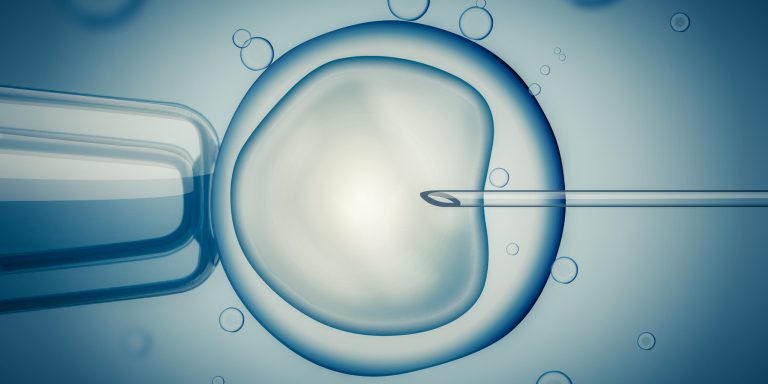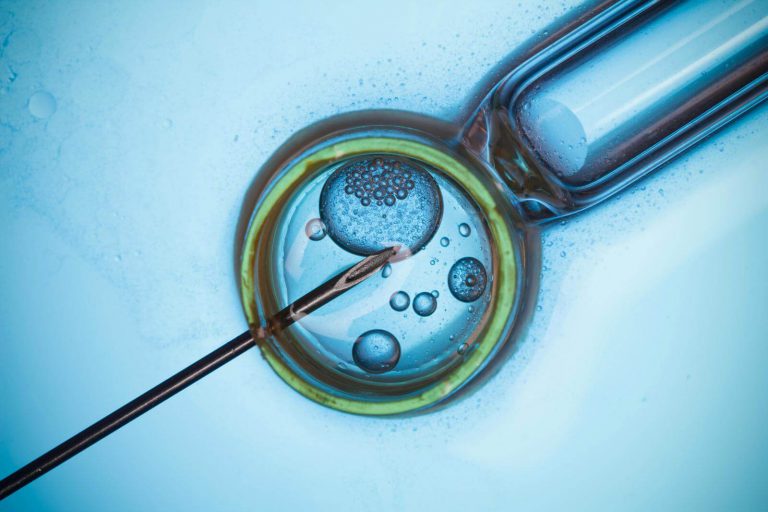The American Society for Reproductive Medicine (ASRM) recommends single embryo transfer for all women under 35 without other complicating factors. There is minimal increase in the success rates from performing double embryo transfers, but the risk to the mother increases dramatically because of high rate of multiple births.
What is Embryo Transfer?
Embryo transfer is a part of the IVF process where the eggs fertilized in a lab are implanted into the woman’s uterus. The embryo may be fresh or frozen, or may use a biological egg or donor eggs, each of which may have an effect on the chances of getting pregnant.
A third factor that could possibly effect the chances of a woman getting pregnant is the number of embryos transferred per IVF cycle. Embryo transfers of two eggs or more are responsible for the huge increase in IVF-based multiple births in the past few decades. It is thought that 30-50% of twin births and at least 75% of triplets and higher numbers of multiples are the result of IVF-assisted pregnancies.
Success Rates in Single vs. Double Embryo Transfers
One study of 513 women in 2011 indicated that the live birth rate does not vary much between single and double embryo transfers, with the cumulative live birth rate being 37.1%. Another shows similar live birth rates between DET and SET, at about 42 and 45 % respectively. Findings across various studies appear consistent in that there is not a significant enough difference in live birth rates with DET versus SETs to warrant a recommendation of DETs in most cases.
In addition, in the U.S. alone, the single embryo transfer success rate doubled between 2005 and 2014. For the transfer of two embryos, the percentage of live births increased only slightly, and for any higher number, the percentage decreased.
Single Embryo Transfers
Overall, more people are opting for single embryo transfer than ever before, and this trend is more dramatic in Western countries other than the US. According to the CDC, the number of single embryo transfers tripled between 2005 and 2014 in the US. During that same period, there was a slight increase in the frequency of people transferring two eggs, but less people are transferring three or more at a time.
Elective Single Embryo Transfer (eSET) refers to a specific process in which one high quality blastocyst embryo is selected and transferred to the uterus or fallopian tube at a time. These embryos can be frozen or fresh, and are typically at the optimal development phase for successful implantation.
The American Society for Reproductive Medicine (ASRM) and the Society for Assisted Reproductive Technology (SART) recommend single embryo transfers for women under 35 and who otherwise have a good prognosis.
Double and Multiple Embryo Transfers
Couples may opt for a DET/MET for various reasons. The primary reason is the perception that it will have a dramatic impact on their chances for success. IVF treatment is not only costly, but can be extremely physically and emotionally stressful. So, couples are eager to do anything possible to avoid needing future cycles.
Multiple embryo transfer is associated with a higher possibility of risk, partly because it often leads to multiple births. Preterm births are five times more likely with a double embryo transfer than a single embryo transfer. Multiples are more likely to have low birth weights, respiratory problems and other health problems at birth than single babies. In addition, the mothers are more likely to have high blood pressure and other pregnancy complications.
How Many Embryos Should You Transfer?
Everyone’s situation is different, so it’s best to make this life-changing decision with the careful consult of your trusted physician and fertility specialist. It’s also important to note that some doctors are put in a precarious situation of wanting to ensure the best possible success rates for pregnancy.
In the US, not many people have insurance (unlike some places in EU where public health insurance covers it) so doctors may push for a multiple embryo transfer to help the patient out. This combined with the high cost of multiple IVF cycles may result in practitioners feeling pressured to do a multiple embryo transfer, even though SETs are generally recommended over METs.
If you are considering an MET, you should give serious consideration as to whether you are really prepared to financially, psychologically or logistically support multiples well into the future (e.g.: child care, medical expenses, education costs, etc.). It is also a good idea to consult your obstetrician and pediatrician.






